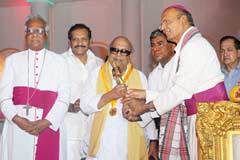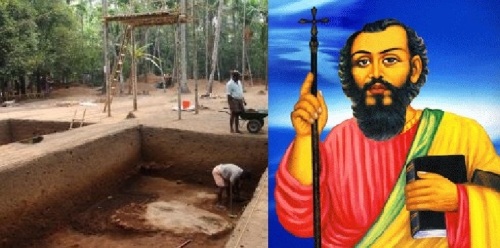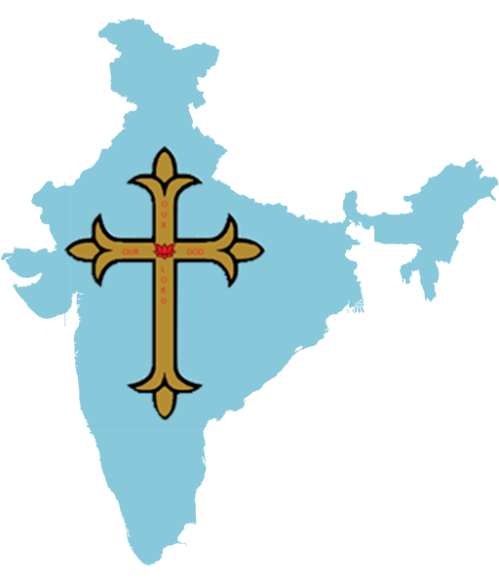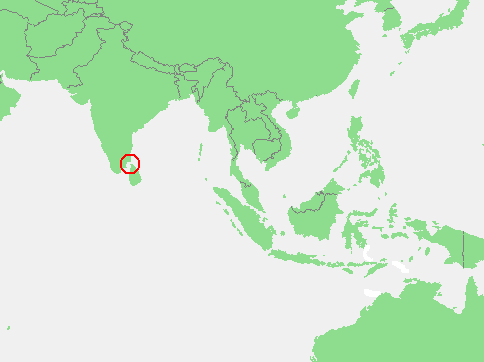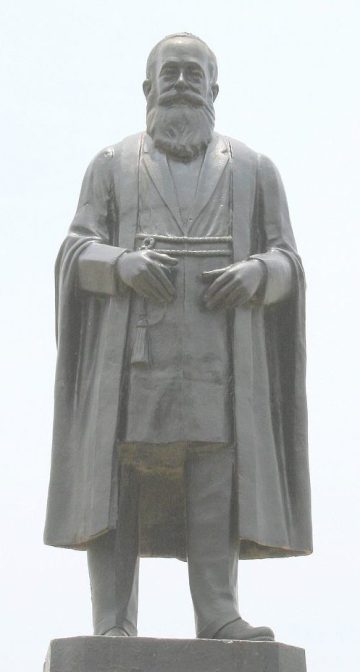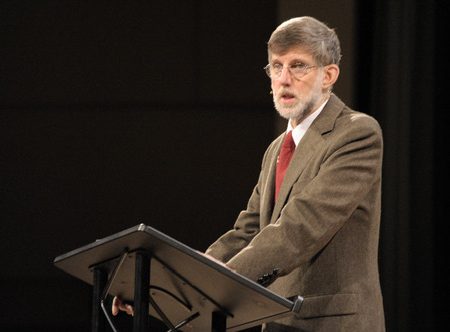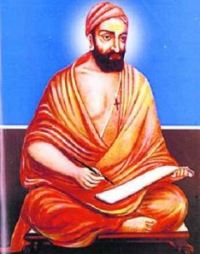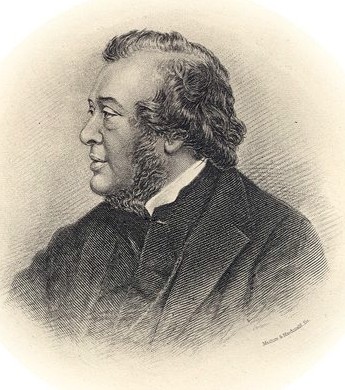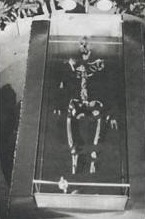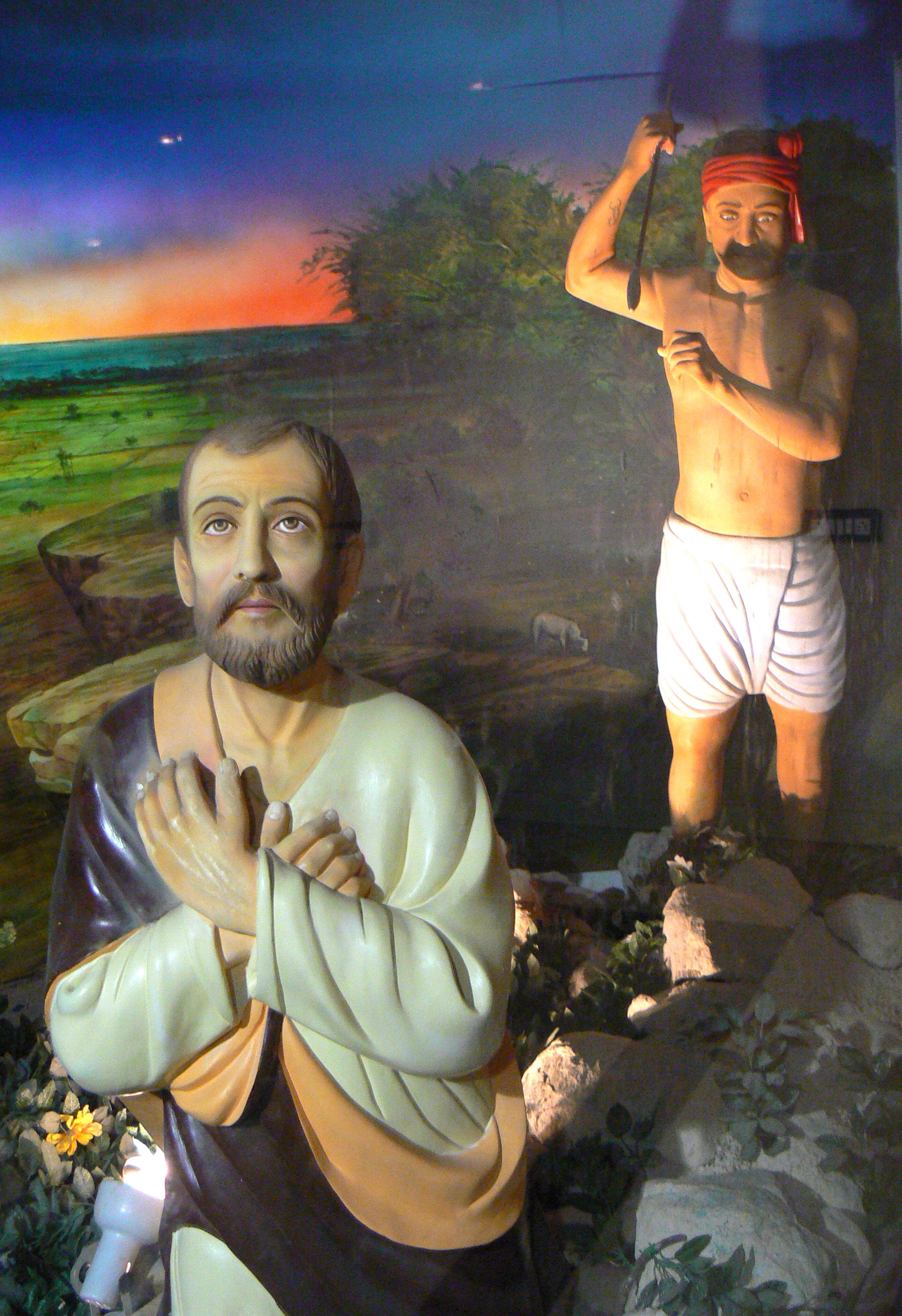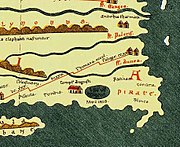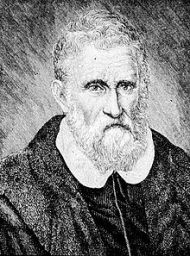“Boby Thomas, author of the Malayalam book, A Handbook for Christianity, agreed that caste discrimination was rampant among Christians in the state. ‘Christians in Kerala always pretended to be from the upper castes,’ he said. ‘That is why the Church [clergy] and laity take pride in their mythical Brahminical roots.’” – T.A. Ameerudheen
A senior priest from Kerala’s Jacobite Syrian Christian Church recently put the spotlight on the fact that some Christians in the state practice the caste system, when he announced that he would henceforth stay away from traditional family gatherings organised by members of the Church.
In Kerala, some financially sound Syrian Christian families organise annual family meetings, which are attended by prominent priests. The bishop of Niranam Diocese, Geevarghese Mor Coorilos, said that these meetings were organised to “proclaim the artificially cultivated upper-caste identity and lineage” and he would not like to be part of this tradition any more.
On April 9, Mor Coorilos wrote on his Facebook page: “These people believe that their ancestors were Brahmins converted by St. Thomas. They even publish family history books during the get-together. Such baseless upper-caste myths have to be busted. I had attended such events in the past, but not anymore.”
Syrian Christians are one of the world’s oldest Christian communities and trace their origin to St. Thomas, one of the 12 disciples of Jesus Christ. It is believed that St. Thomas visited Kerala during the 1st century CE, and converted members of Brahmin families to Christianity. The Jacobite Church is one of the state’s four main Syrian Christian Churches, with the others being being the Syrian Catholic, Orthodox and Marthoma denominations.
Mor Coorilos’s comments also revived a long-running debate—whether St. Thomas did indeed come to South India himself. Syrian Christians believe that he did, and that they originated from his efforts at evangelism.
Caste oppression and Christianity
Scholars say that the tendency of some Christians to hark back to their Brahminical lineage indicates that Christianity is not free from the blight of caste.[1] As evidence, they point to the plight of those Dalits who converted to Christianity from Hinduism to escape caste oppression, only to find that things were much the same on the other side.[2]
Caste oppression among Christians in Kerala has led to the formation of many churches meant exclusively for Dalits, said historian Dr Sanal Mohan, visiting fellow in Commonwealth Studies at the University of Cambridge.
A prominent Dalit church is the Prathyaksha Raksha Daiva Sabha, commonly known as PRDS, founded in 1909 by the Dalit activist and poet Poikayil Yohannan. “PRDS was an early movement against caste oppression,” said Mohan. “The World Evangelical Mission, CMS Anglican Church, Salvation Army are some of the exclusive Dalit churches formed later.”
Mohan said neither the Church nor its members have addressed the problem of caste among Christians in India. He pointed to a casteist taunt made by independent MLA P.C. George in March against a Dalit Catholic priest who took a stand against George Alencherry, cardinal of the Syro-Malabar Church, in a row over the controversial sale of church land in Kochi. George, who represents the Christian-dominated Assembly constituency of Poonjar in Idukki district, had called the priest an illegitimate son of a Pulaya (a Dalit community) woman who could not be called a Catholic. “It [the comments] showed the mentality of upper-caste Christians in Kerala,” said Mohan. “What shocked more was that the taunt did not elicit angry reactions from Dalit priests.”
Boby Thomas, author of the Malayalam book, A Handbook for Christianity, agreed that caste discrimination was rampant among Christians in the state. “Christians in Kerala always pretended to be from the upper castes,” he said. “That is why the Church [clergy] and laity take pride in their mythical Brahminical roots.”

Dalit Christians in Tamil Nadu
It is not just Kerala. The plight of Dalit Christians in neighbouring Tamil Nadu is similar, if not worse.
Earlier this month, the Tamil Nadu Untouchability Eradication Front published a damning report that exposed discrimination by Christians against their Dalit brethren in the state.
The report said that the practice of caste is prevalent in the formation of parishes (an administrative district headed by a parish priest) and seen in the construction of separate chapels in the same village for Dalits and other caste Christians. Discrimination is also evident in the denial of opportunities for Dalit Christians in the parish administration, as well as in jobs and the priesthood.
Antonysami Marx, a Dalit activist and writer, said the Church could not find a solution to the caste issue. “Dalit Christians have been facing discrimination at the hands of rich Christians from mainly Vanniayar and Nadar communities [in Tamil Nadu],” he said.
According to the 2011 census, Christians form 6.1% of Tamil Nadu’s population. In absolute numbers, Christians are a 44 lakh-member strong community in the state. “Dalits constitute 70% of the Christians in the state,” said Marx. “They converted from Hinduism to escape the clutches of caste, but ended up being in the same situation.”
Marx said Dalit Christian students were also denied admissions in schools and colleges run by the Church. “Untouchability and social boycott are prevalent here,” he said. “The church has even allotted separate graveyards for Dalits.”
He said the Church was reluctant to address the caste issue. “They say that there is no caste in Christianity, and they are turning a blind eye to the situation in Tamil Nadu.”[3]
Reviving a long-running debate
Referring to the debate that the bishop’s comments sparked about whether St Thomas had indeed come to South India, historian M.G.S. Narayanan, who has done extensive research on the subject, said Brahmins were not present in Kerala during the first century, when St. Thomas was believed to have arrived. “There is no historical evidence to suggest that St. Thomas came to Kerala during that time [either],” said Narayanan.
This is a point that Boby Thomas also makes. “Brahmins began to migrate to Kerala between the sixth and eighth centuries and they became a dominant force only between the 10th and 12th centuries,” he said.[4]
Mohan pointed to another common belief that did not stand scrutiny—that St Thomas brought the cross—the best-known symbol of Christianity—to Kerala. “Historical evidence shows us that the Holy Cross was not an object of veneration in the first century,” he said. “Historians might have made these stories from hindsight, but they cannot be accepted unless they are supported by evidence.”[5]
The Syro-Malabar Church, the second largest Eastern Catholic Church in the world, which claims St. Thomas as its founder, distanced itself from Mor Coorilos’s statement and said that historical evidence proved that the apostle had indeed come to Kerala. Senior priest Father Sebastian Vaniyappurackal said in a statement: “The Syro-Malabara Church was founded following the gospels of St. Thomas. Only a few people contest this fact.” The Church was forced to issue this statement after a former spokesperson of the Church, Father Paul Thelakkat, claimed that there was no evidence to prove that St Thomas had visited Kerala.
Sociologist Susan Viswanathan, a professor at Jawaharlal Nehru University, who has written a book titled, The Christians of Kerala, agreed that it was hard to prove conclusively whether St. Thomas visited Kerala. “Whether they were Brahmins or not in the first century is a puzzle as is the question as to St. Thomas coming to Kerala,” she said.
But she also pointed out that St. Thomas Christians—another name for Syrian Christians—have used their upper caste status through history to remain close to power.[6][7][8] “Legends have their own emphases on probability rather than certainty,” she said. “These [Syrian] Christians are patrilocal and patrilineal like the Brahmins they claim descent from.” – Scroll.in, 20 April 2018
References (added by Ishwar Sharan)
1. Bishop Giovanni dei Marignolli, a Franciscan friar from Florence, had baptised some Syrian Christians and lower caste Hindus in the year 1348, in Quilon (Kollam), and built a Roman Catholic church there. Historically, he is the first person on record to use the appellation “St. Thomas Christians”. He did this to distinguish the Syrian Christians in his congregation from the Hindu converts.
2. Far from abolishing caste, the Church allowed caste distinctions to continue within its own structure and functioning. Pope Gregory XV (r. 1621-1623) formally sanctioned caste divisions in the Indian Church. This papal bull confirmed earlier decisions of the local Church hierarchy in 1599 and 1606. These Church edicts have never been rescinded and there are still separate church doors and pews, separate priests, and separate graveyards for lower caste Christians in Tamil Nadu and Kerala.
3. There has always been caste-like divisions within Christianity and they originate in the Bible itself. See St. Paul on slavery in Ephesians 6:5-9, Colossians 3:22-25 and 4:1, 1 Timothy 6:1-2, and Philemon. See also 1 Peter 2:18-25, which begins: “Servants, be subject to your masters with all fear; not only to the good and gentle, but also to the forward.”
4. According to the Namboodiri Brahmins themselves, they are the original Vedic Brahmins of Kerala. However, there is no historical record to support this claim. Marxist historians assert that Namboodiris arrived in Kerala only in the sixth or seventh century, though there is a record for Mezhathol Agnihothri (b. 342 CE), the Namboodiri who revived the Vedic shrauta traditions in Kerala in the fourth century CE. Therefore, we may infer that the Namboodiri community may have included Syrian Christian immigrants who had converted to Vedic Hinduism. The claim that St. Thomas converted four Namboodiri families to Christianity was invented by Syrian Christians to give themselves caste status. Judas Thomas would not have called himself a Christian; he was a practising Jew who would neither build churches nor carve crosses―the latter being abhorrent to his cultural sensibilities and not used as a Christian identity symbol until after the third century. The designation “Christian” was first used for St. Paul’s converts in Antioch after 45 CE.
5. Rev. C.E. Abraham, in an article in The Cultural Heritage of India, writes, “The Persian crosses—or so-called Thomas crosses—with inscriptions in Pahlavi, one found in St. Thomas Mount, Madras, and two in a church in Kottayam in Travancore, are evidence of the connection of the Malabar Church with the Church of Persia.” The crosses are dated to the seventh and eighth centuries CE.
The Pahlavi (Persian) inscription on the three stone crosses, two in Kerala and one on St. Thomas Mount, read (according to C.P.T. Winckworth whose translation is generally accepted): “My lord Christ, have mercy upon Afras, son of Chaharbukht the Syrian, who cut this.”
6. The first Christians to emigrate to India came in 345 CE. They landed at Cranganore in Malabar, then the ancient port of Muziris on the mouth of the Periyar River where it joined the Arabian Sea. They were four hundred refugees from Babylon and Nineveh, then part of the Parthian (Persian) Empire, belonging to seven tribes and seventy-two families. They were fleeing religious persecution under the Persian king Shapur II. He had driven them out of Syria and Mesopotamia because he considered them a state liability. Rome, Persia’s arch enemy, had begun to Christianise under Constantine, and Shapur had come to suspect the allegiances of his Christian subjects.
7. The Syrian refugees were led by a semi-legendary figure who is known to history variously as Thomas of Cana, Thomas the Merchant, Thomas the Canaanite, Thomas of Jerusalem, Thomas Cananeus or Cannaneo, and Knai Thoma. Nothing is known about him and his companion Bishop Joseph of Edessa except their names, and this migration of Christians also cannot be treated as verified historical fact. “No deeds of copper plates in the name of Thomas of Cana are now extant,” writes, C.B. Firth in An Introduction to Indian Church History, “… [and] it would be rash to insist upon all the details of the story of Thomas the Merchant as history. Nevertheless, the main point―the settlement in Malabar of a considerable colony of Syrians―may well be true.”
8. The Encyclopaedia Britannica, in its article on the Christians of Saint Thomas, says, “The origins of the so-called Malabar Christians is uncertain, though they seem to have been in existence before the 6th century AD and probably derive from the missionary activity of the East Syrian (Nestorian) Church centred at Ctesiphon. Despite their geographical isolation, they retained the Chaldean liturgy and Syriac language and maintained fraternal ties with the Babylonian (Baghdad) patriarchate.”













